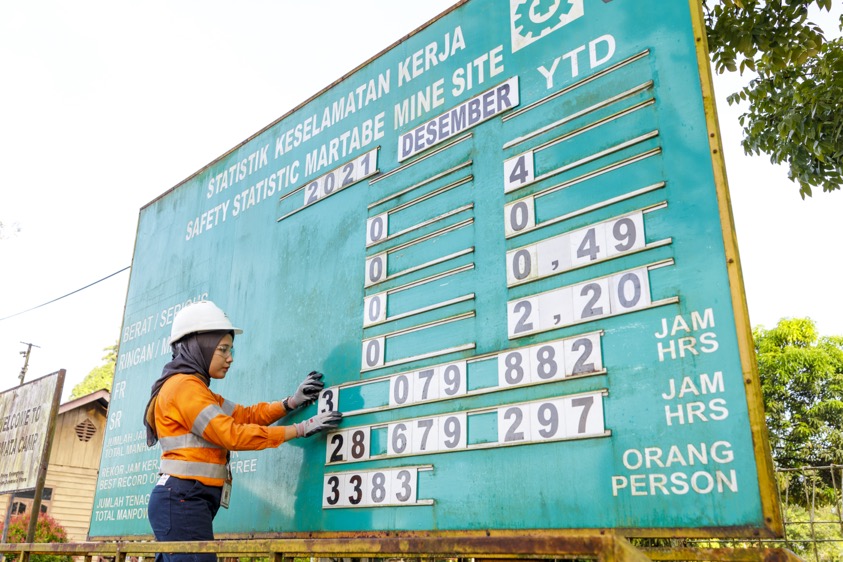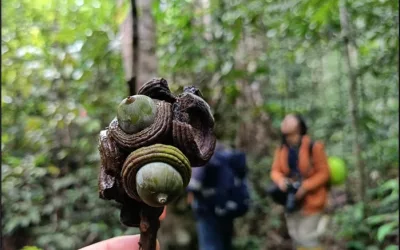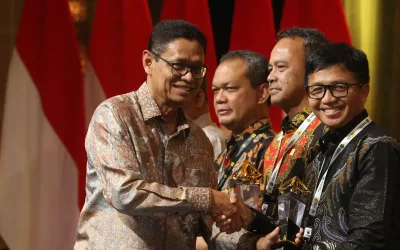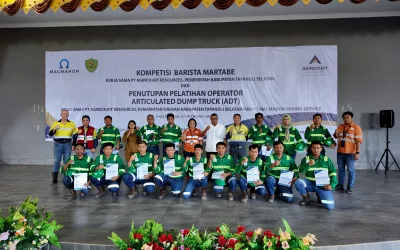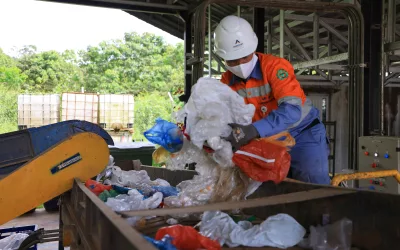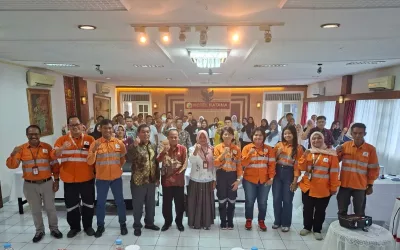Occupational Health and Safety (OHS) is one of the procedures that must be implemented in a company’s operations, especially in companies engaged in the mining sector. That is why all operational activities carried out by mining companies must always refer to the precautionary principle and emphasize the importance of employee safety and health.
Through clear regulations and strict sanctions, OHS protection can be upheld. It is hoped that a safe, comfortable, healthy workplace and a productive workforce will be created, which will increase work productivity and company productivity.
One of the keys to the success of OHS protection lies in risk management. Mining Risk Management is an interaction process used by mining companies to identify, evaluate, and address hazards in the workplace to reduce or prevent the hazards that may present in the mining area of operations, such as fire, explosion, buried after landslides, toxic gasses, and extreme temperatures.
Risk management consists of five steps that must be implemented as follows:
- Communication and Consulting. Communication and consultation are carried out by involving relevant stakeholders, both internal and external. This communication and consultation are carried out at each stage of the Risk Management process, and the results are taken into consideration in the Risk Management evaluation.
- Context Setting. Context setting related to determining the risk boundaries to be managed, for example routine and non-routine activities and processes; changes to the organization, work environment, activities, or materials; modifications to the Mining Safety management system, as well as the impact on operations, processes and activities; newly constructed facilities, newly introduced equipment or processes, as well as activities and installations on and off the work site; personal factors of workers; the activities of all persons other than workers who have access to the workplace; etc.
- Hazard identification. Hazard sources, areas exposed to hazards, and potential consequences must be identified by considering various related matters.
- Risk Assessment and Control. Risk assessment is carried out through a risk evaluation process to determine whether the risk is acceptable or not. Based on the results of the risk assessment, control measures are determined against these risks by following the risk control hierarchy as follows:
- Engineering control, such as elimination, substitution, and isolation
- administration, such as warning signs, worker rotation or work schedules, as well as restrictions on working hours
- work practices, such as job safety analysis, standard operating procedures, work instructions, and training
- personal protective equipment, namely ensure the proper use of personal protective equipment and implementing and documenting the control measures that have been determined.
- Monitoring and Review. Monitoring and review must be carried out periodically to ensure the implementation of adequate risk control, especially if an accident occurs, a dangerous event occurs, an Occupational Illness Event occurs, an Occupational Disease occurs, changes in equipment, installations and/or processes and activities and/or there are new processes and activities.
In general, by implementing risk management, mining companies will be able to minimize the risk of greater losses and increase the trust of stakeholders and the government in the company.

